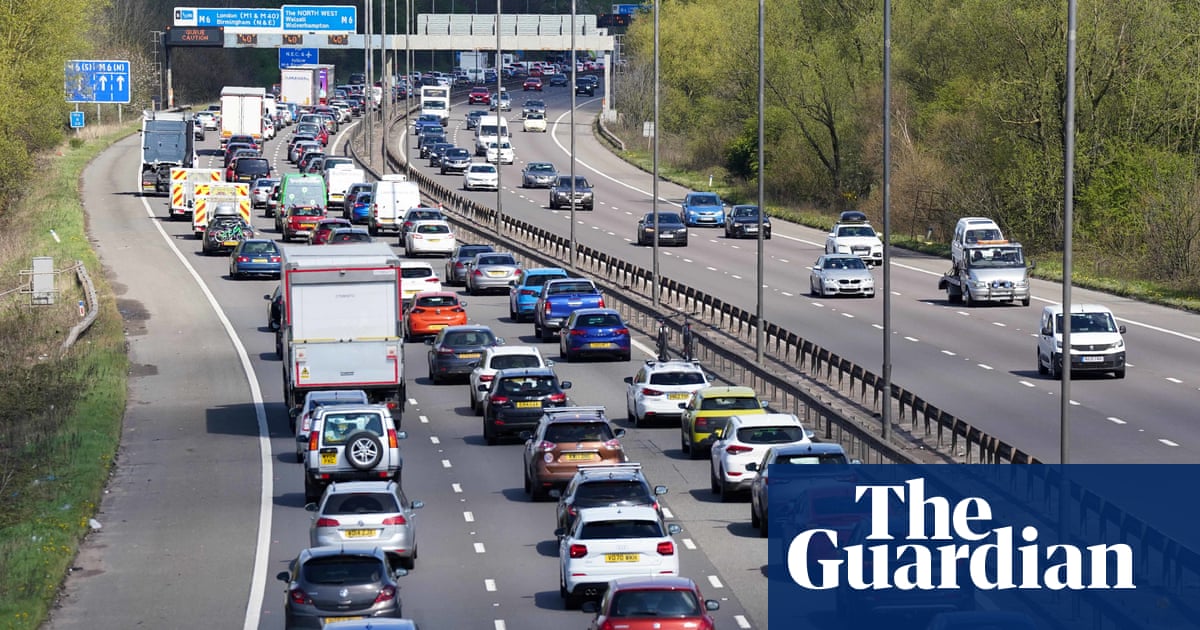interesting article here

 www.theguardian.com
www.theguardian.com
the TL;DR is car tyres can emit 20 time more ultra fine particles than a car exhaust.
Drive it hard / the amount increased by a factor of 5.
BEV’s are heavier - but are often driven more gently.
new tyres were 2-4 times worse than used tyres (they didn’t define what a used tyre was)
final point (important one) that the chemicals in the tyres and thus particles are pretty much unregulated. The toxicity of a ‘bad’ tyre can make it much much worse

Car tyres produce vastly more particle pollution than exhausts, tests show
Toxic particles from tyre wear almost 2,000 times worse than from exhausts as weight of cars increases
the TL;DR is car tyres can emit 20 time more ultra fine particles than a car exhaust.
Drive it hard / the amount increased by a factor of 5.
BEV’s are heavier - but are often driven more gently.
new tyres were 2-4 times worse than used tyres (they didn’t define what a used tyre was)
final point (important one) that the chemicals in the tyres and thus particles are pretty much unregulated. The toxicity of a ‘bad’ tyre can make it much much worse




